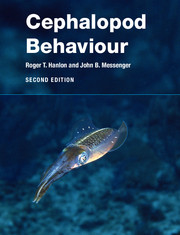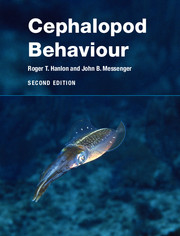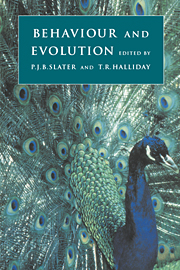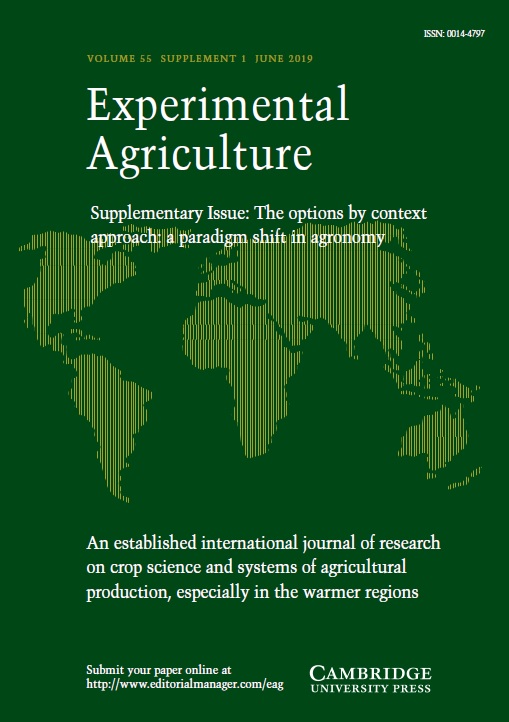Chronobiology of Marine Organisms
Do intertidal organisms simply respond to the rise and fall of tides, or do they possess biological timing and navigation mechanisms that allow them to anticipate when conditions are most favourable? How are the patterns of growth, development and reproduction of some marine plants and animals related to changes in day-length or to phases of the moon? The author describes how marine organisms, from single cells to vertebrates, on sea shores, in estuaries and in the open ocean, have evolved inbuilt biological clockwork and synchronisation mechanisms which control rhythmic processes and navigational behaviour, permitting successful exploitation of highly variable and often hostile environments. Adopting a hypothesis-testing and experimental approach, the book is intended for undergraduate and postgraduate students of marine biology, marine ecology, animal behaviour, oceanography and other biological sciences and also as an introduction for researchers, including physiologists, biochemists and molecular biologists entering the field of chronobiology.
- Focuses on an aspect of marine biology often disregarded in the past, seeking to dispel scepticism of biological rhythms and show its applications
- An experimental approach to understanding the nature of biological rhythms in the sea, for students of marine biology and related subjects
- Shows the ecological and practical relevance of biological clock-controlled behaviour to assist researchers and professionals entering the field of chronobiology
Reviews & endorsements
'The exposition is clear and to the point, and is illustrated with well-chosen, clearly drawn figures … this book is a must for all readers interested in organismic timing.' Marine and Freshwater Behaviour and Physiology
Product details
February 2010Hardback
9780521760539
252 pages
235 × 156 × 16 mm
0.54kg
70 b/w illus.
Available
Table of Contents
- 1. Moonshine
- 2. Biorhythms of coastal organisms
- 3. Tidal and daily time-cues
- 4. Clocks and compasses
- 5. Lunar and semilunar rhythms
- 6. Annual biorhythms
- 7. Plankton vertical migration rhythms
- 8. Staying put in estuaries
- 9. Ocean drifters
- 10. Living clockwork.








